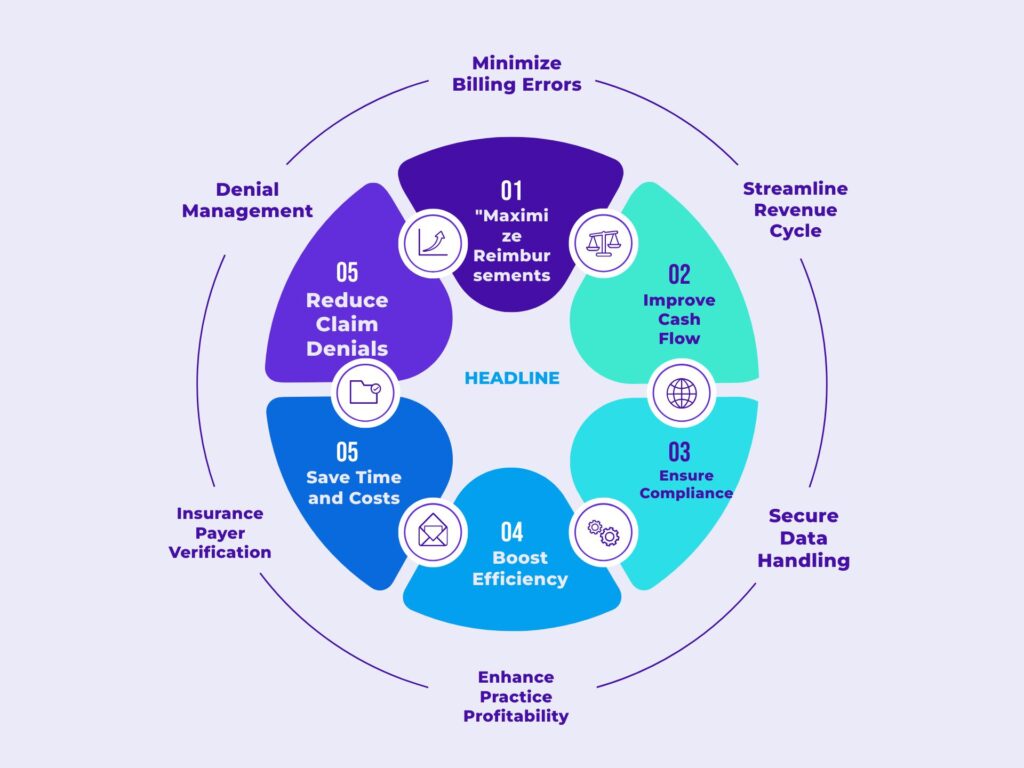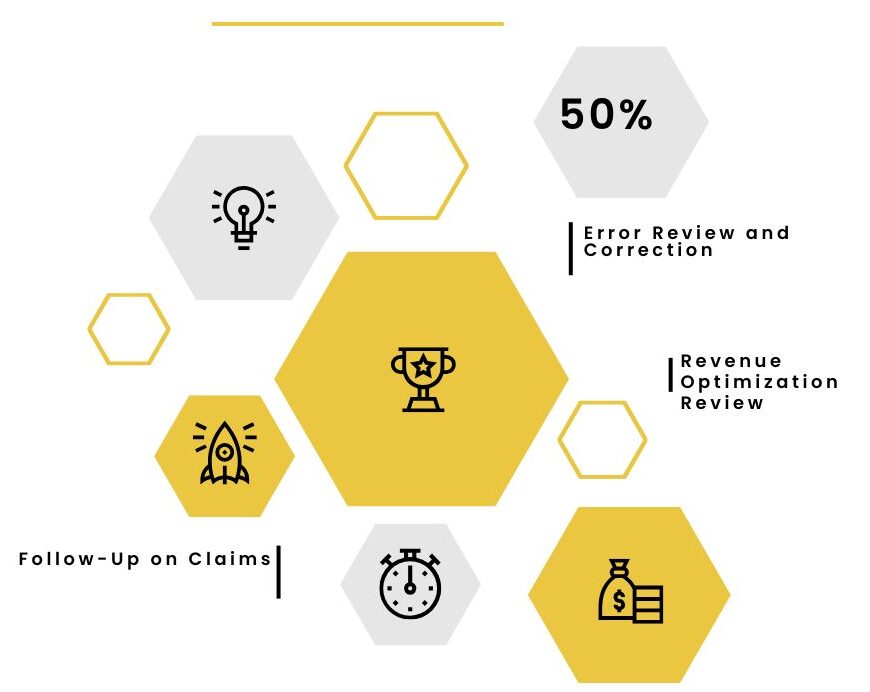American anesthesiology billing is a pivotal aspect of the healthcare assiduity, dealing with the complex processes involved in charging for anesthesiology services. Given the significance of accurate billing, understanding the nuances of this field is essential for anesthesiologists, billing professionals, and healthcare providers.
This composition delves into the crucial factors of American anesthesiology billing, agitating its significance, challenges, and stylish practices to insure accurate and effective billing processes.
Preface to American Anesthesiology Billing
American anesthesiology billing is the process of submitting and following up on claims with health insurance companies to admit payment for anesthesiology services handed by healthcare professionals. Anesthesiology, a critical medical field that ensures cases don’t witness pain during surgeries or other medical procedures, requires precise billing practices due to its complexity.
The billing process involves colorful way, including attestation, rendering, claim submission, and follow- up.
The significance of Accurate Anesthesiology Billing
Accurate American anesthesiology billing is vital for several reasons. First, it ensures that anesthesiologists and healthcare installations are refunded for their services. Second, it helps help legal issues related to fraudulent billing or rendering crimes. Incipiently, accurate billing maintains the fiscal health of healthcare providers by icing a steady inflow of profit.
Fiscal Counteraccusations
Inaccurate billing can lead to significant fiscal losses for anesthesiologists and healthcare providers. crimes in rendering or attestation can affect in claim denials, delayed payments, or underpayments. thus, it’s essential to have a robust billing system in place to avoid these issues.
Curious about how time-based billing in anesthesiology affects your practice’s revenue and how to optimize it?
Legal Considerations
The healthcare assiduity is heavily regulated, and any disagreement in billing can lead to legal ramifications. Compliance with civil and state regulations is necessary to avoid checkups, forfeitures, or indeed legal action.
American anesthesiology billing must cleave to the guidelines set by the Centers for Medicare & Medicaid Services( CMS) and other nonsupervisory bodies.
Challenges in American Anesthesiology Billing
Billing for anesthesiology services comes with its unique set of challenges. These include the complexity of anesthesia canons, time- grounded billing, and the need for accurate attestation. Understanding these challenges is crucial to prostrating them and icing successful billing practices.
Complexity of Anesthesia Canons
Anesthesia canons are more complex than those used in other medical billing fields. These canons are frequently time- grounded and depend on colorful factors similar as the type of surgery, case’s condition, and the position of care handed. This complexity requires technical knowledge to insure accurate coding.

Time- Grounded Billing
Unlike other medical services that use procedure- grounded billing, American anesthesiology billing frequently relies on time- grounded billing.
This means that the quantum billed is directly related to the time spent by the anesthesiologist with the case. Proper attestation of launch and end times is critical to avoid disagreement and insure correct billing.
Attestation Conditions
Accurate attestation is the backbone of American anesthesiology billing. It’s essential to document every detail of the anesthesia process, including the type of anesthesia used, duration, case’s condition, and any complications that arise. Deficient or inaccurate attestation can lead to claim denials or checkups.
| Aspect Description |
| Anesthesia Codes Complex, time-based codes |
| Billing Type Time-based vs Procedure-based billing |
| Documentation Detailed, accurate records required |
| Training Needs Comprehensive, continuous training essential |
| Regulatory Compliance Adherence to CMS and other guidelines |
| Software Utilization Advanced tools for coding and claim tracking |
Stylish Practices for American Anesthesiology Billing
To alleviate the challenges associated with anesthesiology billing, healthcare providers should borrow stylish practices that promote delicacy and effectiveness. These practices include proper training, regular checkups, and the use of advanced billing software.
Proper Training for Billing Staff
One of the most effective ways to insure accurate American anesthesiology billing is by furnishing comprehensive training for billing staff. This training should cover anesthesia coding, attestation conditions, and the rearmost updates in billing regulations. nonstop education is also important to keep staff streamlined on any changes in the billing geography.
Regular checkups
Conducting regular checkups of anesthesiology billing practices can help identify and amend crimes before they come major issues. checkups should concentrate on rendering delicacy, attestation absoluteness, and compliance with nonsupervisory guidelines. By catching miscalculations beforehand, healthcare providers can avoid claim denials and legal problems.
Exercising Advanced Billing Software
Advanced billing software can streamline the anesthesiology billing process, reducing the threat of crimes and perfecting effectiveness. These software results frequently include features similar as automated coding, real- time claim shadowing, and compliance checks. By investing in dependable billing software, healthcare providers can enhance the delicacy and speed of their billing processes.
Impact of Technology on American Anesthesiology Billing
The part of technology in American anesthesiology billing can not be exaggerated. The integration of Electronic Health Records( EHRs), automated rendering systems, and AI- driven analytics has converted the billing geography. These technologies not only ameliorate delicacy but also enhance the speed of billing processes, allowing healthcare providers to concentrate more on patient care.
Electronic Health Records( EHRs)
EHRs have revolutionized the way medical records are maintained, significantly impacting American anesthesiology billing. EHRs enable real- time access to patient information, streamline attestation, and grease accurate coding.
By integrating billing systems with EHRs, healthcare providers can insure that all necessary information is captured and directly billed.

Automated Coding Systems
Automated rendering systems reduce the reliance on homemade coding, minimizing the chances of crimes. These systems use algorithms to dissect case records and assign applicable canons, icing that billing is both accurate and effective. With automated coding, billing staff can concentrate on more complex cases, perfecting overall productivity.
AI- Driven Analytics
AI- driven analytics can identify patterns in billing data, helping healthcare providers optimize their billing practices. These analytics tools can descry anomalies, prognosticate implicit claim denials, and give perceptivity into perfecting billing effectiveness. By using AI, providers can enhance their American anesthesiology billing processes and increase profit.
Unborn Trends in American Anesthesiology Billing
As the healthcare assiduity continues to evolve, so too will the field of anesthesiology billing. Several trends are anticipated to shape the future of American anesthesiology billing, including value- grounded care, telemedicine integration, and increased nonsupervisory scrutiny.
Shift to Value- Grounded Care
The transition to value- grounded care, which focuses on patient issues rather than the volume of services handed, will impact American anesthesiology billing. Anesthesiologists will need to demonstrate the value of their services through bettered patient issues, which may bear changes in billing practices and attestation.
Want to understand how compliance with U.S. regulations impacts anesthesiology billing and how to stay up-to-date?
Telemedicine Integration
The rise of telemedicine, accelerated by the COVID- 19 epidemic, is also impacting anesthesiology billing. As further consultations and follow- up care are conducted ever, billing practices must acclimatize to insure that telemedicine services are directly captured and refunded.
Increased Regulatory Scrutiny
As healthcare costs continue to rise, there’s adding scrutiny from nonsupervisory bodies on billing practices. American anesthesiology billing will probably face further checkups and stricter regulations, making compliance indeed more critical. Healthcare providers must stay informed of nonsupervisory changes and acclimate their billing practices consequently.
Conclusion
American anesthesiology billing is a complex and vital element of the healthcare system, taking perfection, delicacy, and adherence to nonsupervisory norms. By understanding the challenges, espousing stylish practices, and using technology, healthcare providers can insure that their billing processes are effective and biddable.
As the assiduity continues to evolve, staying informed of trends and changes in anesthesiology billing will be pivotal for maintaining fiscal stability and delivering high- quality care.
In conclusion, American anesthesiology billing is further than just a fiscal process; it’s a crucial element in the delivery of healthcare services. By prioritizing delicacy, embracing technology, and staying ahead of nonsupervisory changes, anesthesiologists and healthcare providers can navigate the complications of billing and insure the sustainability of their practices.
FAQs
How can professional anesthesiology billing services help my practice?
- Professional billing services ensure accuracy in coding, reduce claim denials, increase reimbursements, and help manage compliance with healthcare laws, saving time and reducing administrative burden.
What regulations govern anesthesiology billing in the U.S.?
- Anesthesiology billing must comply with federal healthcare regulations like HIPAA, Medicare, and Medicaid rules, as well as specific payer requirements and time-based billing standards.
How does time-based billing work in anesthesiology?
- Time-based billing is used in anesthesiology, where billing is calculated based on the duration of anesthesia services, starting from preparation and ending when the patient is safely transferred out of post-anesthesia care.

